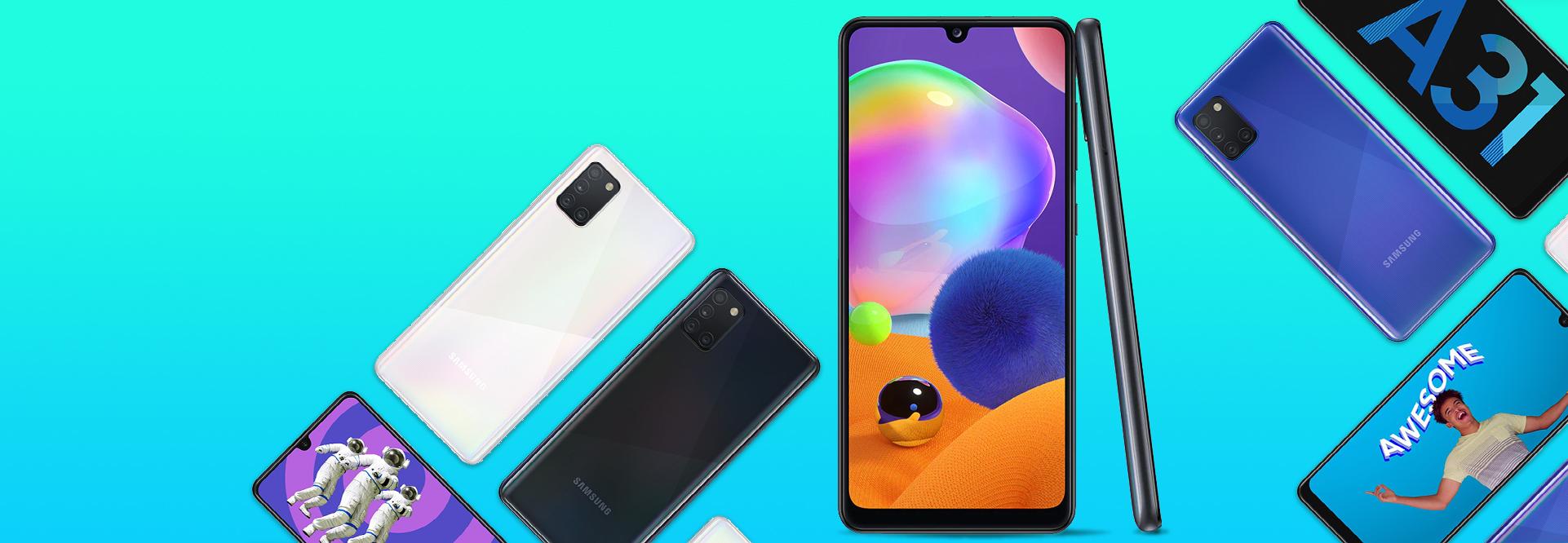
Samsung has had massive success with its Galaxy A-series, which launched in 2019. To keep following up on that success is not easy, but Samsung seems to keep doing it. No exception to this trend is the new [Samsung Galaxy A31](https://www.mondo.co.za/devices/samsung-galaxy-a31), the little sibling of the A51 and successor to last year’s popular A30.
__Under the Hood__
The A31 packs a punch beneath its exterior with a Mediatek Octa-core processor which is more than sufficient for everyday use. It is backed by 4BG of RAM and 128GB of onboard memory, expandable up to 512GB with a microSD card. Apps run smoothly without any noticeable lag, but it’s definitely geared to casual gamers.
__Screen and Body__
The most obvious external feature of the A31 is that its heavier than other smartphones in the mid-tier category. Even though it’s taller than most devices, it’s still comfortable to hold and navigate with your thumb. It’s quite slim at just 8.6-mm thick but is 159.3-mm tall and 73.1-mm wide. Expect a large 6.4-inch Infinity-U display with a wide aspect ratio which means your screen is filled with rich, beautiful visuals. It is available in two striking colours - Prism Crush Blue and Prism Crush Black.
__Four Camera Setup__
The A31 is very similar to the A51 with its rear four-camera setup. The main lens is a 48MP camera for crisp images at any time of the day or night. It has the 8MP Ultra Wide camera which captures a 123-degree field of view. The 5MP Macro camera is perfect for highly refined close-ups and the 5MP Depth camera with its Live Focus allows you to take pictures where the subject stands out, leaving the rest in a slight blur. Selfie lovers would find it difficult to resist the A31’s 20MP front-facing camera that captures high-resolution photos.
__Beast of a Battery__
The battery is probably the reason for the extra weight and height of the A31 because Samsung paired this device with a whopping 5,000 mAh battery. The average user may get two-days worth of usage on a full charge or three-days if they use the phone sparingly. This is the same battery Samsung uses on their flagship devices.
__Other Features__
As always, security is a major factor with smartphones. The Galaxy A31 has an on-screen fingerprint scanner which recognises your unique fingerprint to grant you access to your device.
__Verdict__
The [Samsung Galaxy A31](https://www.mondo.co.za/search?query=a31) is a great mid-tier smartphone with some flagship features thrown in for good measure. The battery life and display alone make the A31 an irresistible option.



